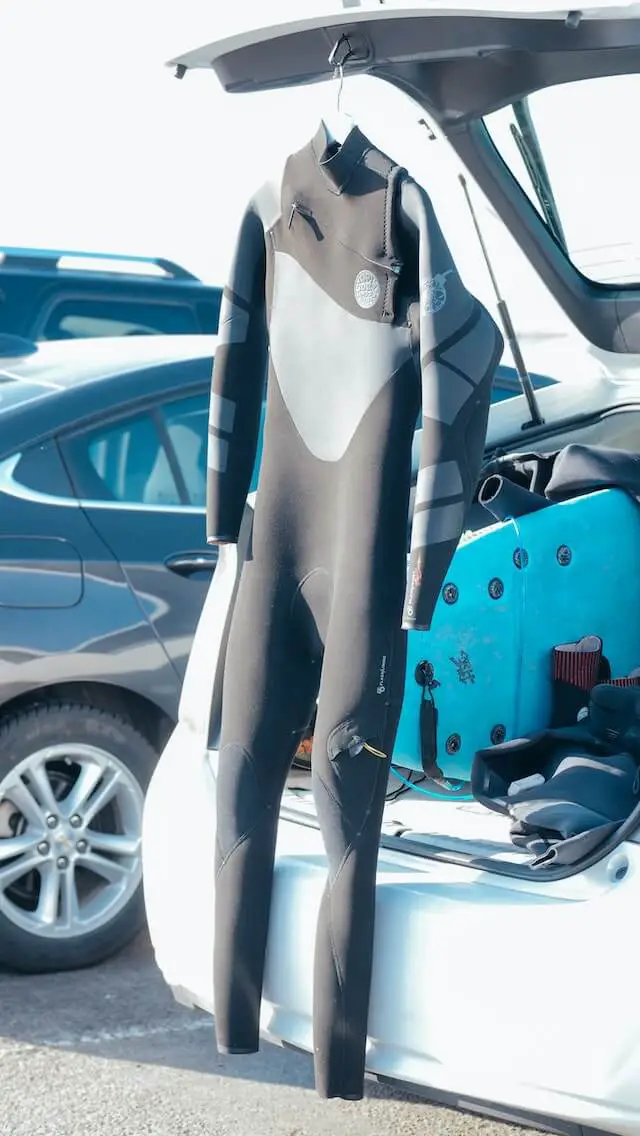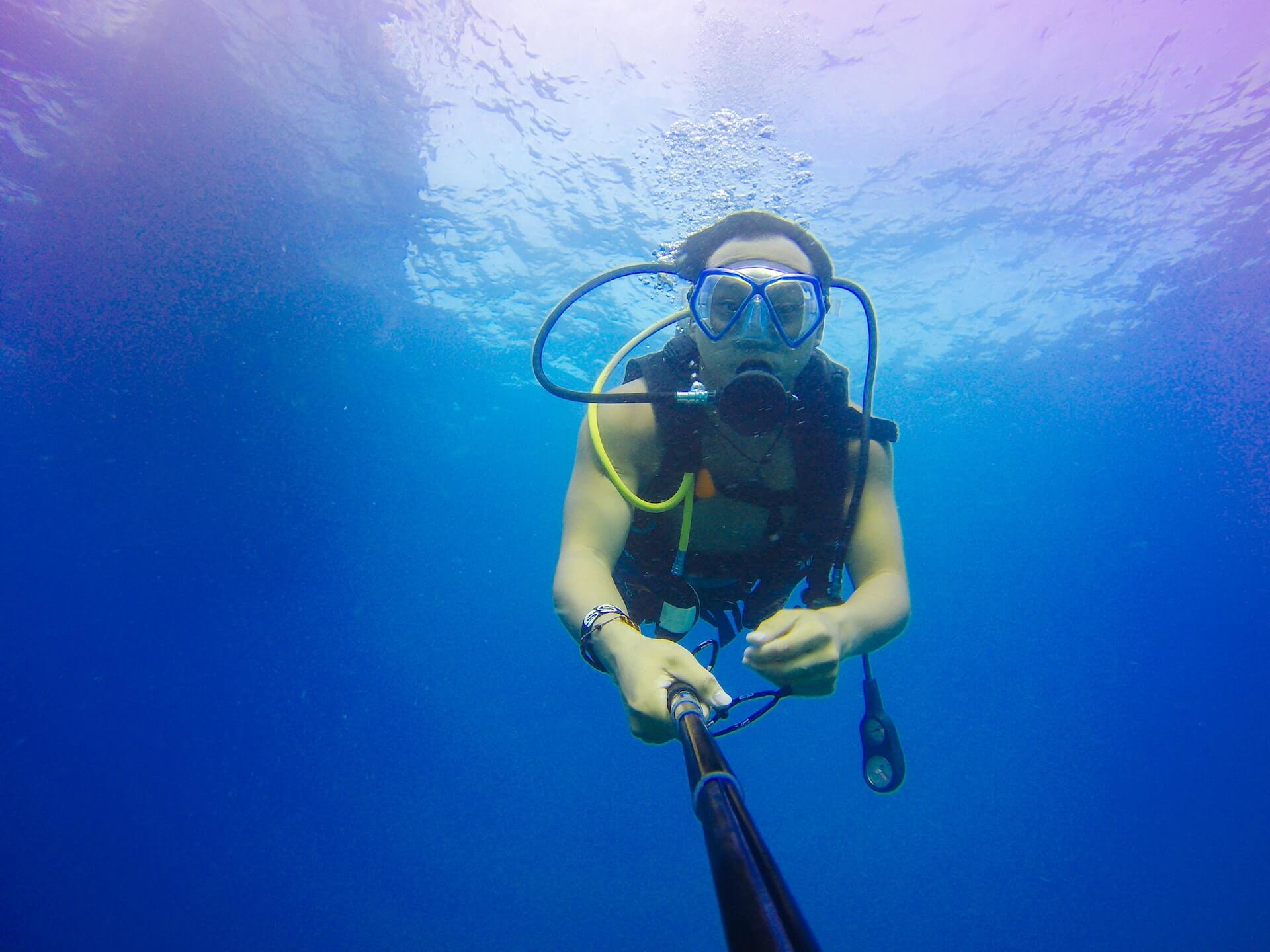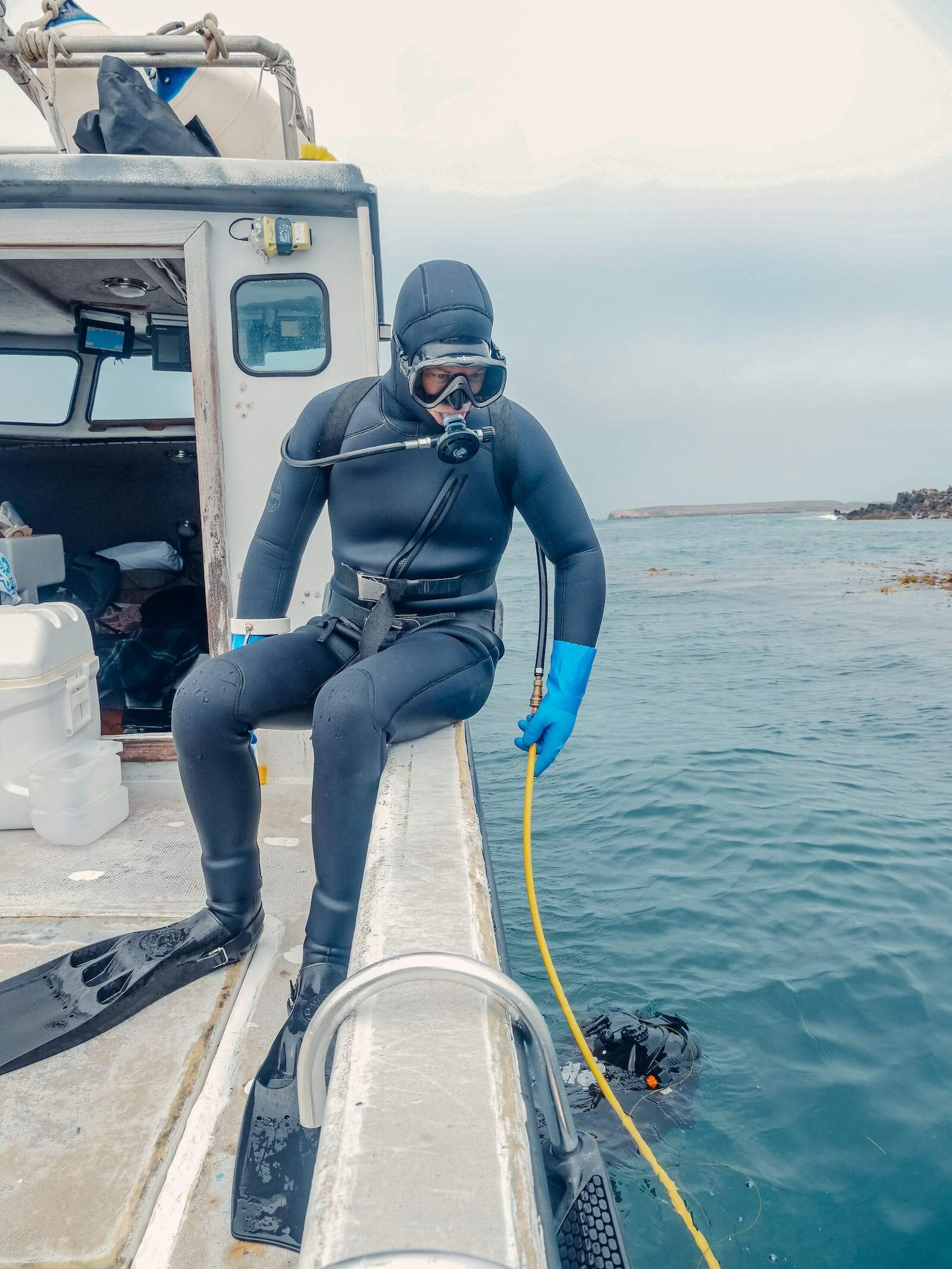Wetsuits, like any other piece of gear, require proper storage to ensure they last for many years to come. You might be wondering how long a wetsuit can last in storage. The answer to this question depends on various factors, including how well you store it and the quality of the wetsuit itself.

A well-cared-for wetsuit can last anywhere from a year to multiple years in storage. Proper storage involves cleaning it thoroughly after each use, letting it dry completely, and hanging it on a wide hanger in a cool, dry, and dark place where it’s well-ventilated. Occasionally inspect your wetsuit for tears, wear, and degradation of the neoprene material.
By taking proper care of your wetsuit, not only do you maximize its longevity, but you also ensure safe and enjoyable experiences in the water. Keep reading to find out how you can do just that.
Factors Affecting Wetsuit Lifespan
Wetsuit Material Durability
The durability of your wetsuit largely depends on the quality of the material it is made from. Most wetsuits are made from a type of synthetic rubber called neoprene. Neoprene is known for its excellent insulation properties, flexibility, and water resistance.
However, the lifespan of a wetsuit can vary based on the quality and thickness of the neoprene used. Furthermore, improper care can wear down even the most robust materials, of which neoprene is one of the best for water sports.
Impact of Storage Conditions
Proper storage is critical in prolonging the life of your wetsuit. Be sure to store your wetsuit on a wide-hanger specifically designed for wetsuits and keep it in a cool, dry place away from direct sunlight or heat sources such as radiators.
Sunlight can cause the neoprene to degrade over time, while exposure to excessive heat can negatively affect the material’s overall durability. Also, store your wetsuit away from other materials such as nylon, rubber, and plastic because these materials can cause damage to the neoprene.
Role of Wetsuit Usage
The amount and type of use your wetsuit sees can also impact its lifespan. Wetsuits that are frequently used and exposed to salt water, chlorine, or other harsh conditions may wear out faster than those used occasionally or in freshwater environments.
Giving your wetsuit proper care after each use, such as rinsing it thoroughly with fresh water and allowing it to dry completely before storing it, can help extend its life.
Pre-Storage Procedures
Before storing your wetsuit, it’s important to ensure proper cleaning and maintenance. This will help improve the longevity of your wetsuit and maintain its performance. The key steps include cleaning your wetsuit, drying it, and checking for damage.
Cleaning Your Wetsuit
To clean your wetsuit, first rinse it thoroughly with cold water to remove any saltwater or chlorine. This prevents fading and maintains the wetsuit’s elasticity. For a deeper clean, use a wetsuit cleaner or mild shampoo specifically designed for wetsuits.
Avoid using harsh detergents or fabric softeners, as they can damage the material. Turn your wetsuit inside out and gently wash it by hand, ensuring all areas are treated.
Drying Your Wetsuit
Proper drying helps prevent mold growth and unpleasant odors. After rinsing and cleaning your wetsuit, dry it completely both inside and out. Then, hang it on a wide plastic or padded hanger to avoid creasing the wetsuit. Never use thin metal hangers or expose your wetsuit to direct sunlight for extended periods, as this can cause material deterioration.
If you don’t have a hanger, you may be tempted to simply drape your wetsuit over a railing. This runs the risk of creasing the wetsuit and can also cause the wetsuit to stretch out over time as water pools along the bottom edges of the suit. You’ll also need to remember to flip it over to the other side to let it fully air dry.
Common Mistakes in Wetsuit Storage
When it comes to storing your wetsuit, there are certain mistakes that can lead to its deterioration.
First, avoid exposing your wetsuit to direct sunlight for long periods, as the UV rays can damage the neoprene material. Instead, store your wetsuit in a cool, dry place away from direct sun.
Additionally, never store your wetsuit folded or compressed. This can cause permanent creases and stretch the material. Instead, it’s best to hang your wetsuit on a wide hanger to maintain its shape. Choose a hanger specifically designed for wetsuits to prevent any unnecessary stretching.
Maintain proper ventilation in the storage area, as damp environments can lead to mold and mildew growth. This can weaken the wetsuit material and cause unpleasant odors. To ensure your wetsuit stays fresh and in good condition, air-dry it completely before you store it.
Lastly, keep your wetsuit away from heat sources, such as radiators, heaters, and open flames. High temperatures can degrade the neoprene, reducing the wetsuit’s flexibility and overall lifespan.
Recognizing Signs of Wetsuit Aging
As your wetsuit ages, you may notice some changes in its appearance and performance. Keep an eye out for the following signs:
- Discoloration: Prolonged exposure to sunlight can cause the wetsuit’s color to fade or become uneven.
- Loss of flexibility: Over time, the neoprene may lose some of its elasticity, making it more difficult to put on and take off.
- Cracks or tears: Regular wear and tear, as well as improper storage and handling, can cause damage to the wetsuit’s material.
- Peeling or flaking: This can be a sign that the wetsuit is deteriorating and may no longer provide the same level of insulation.
If you spot any areas that require repairs, either use a wetsuit repair kit or consider contacting a professional to handle the issue before it worsens.
Otherwise, it may be time to replace your wetsuit if your wetsuit lets too much water in and can no longer keep you warm.
Frequently Asked Questions
How to store a wetsuit for an extended period?
To store a wetsuit for an extended period, make sure it is clean and dry before storing. Use mild soap and warm water to clean your wetsuit, and rinse it off completely with fresh water afterward. Once dry, you can hang it in a cool, dark place or fold it neatly to avoid extreme creasing. Avoid storing it in direct sunlight or in a damp environment.
What type of storage container is best for wetsuits?
There is no specific container designed for wetsuits. However, it’s essential to store them in a cool, dark, and dry place. You can use plastic storage bins or cloth bags, as long as they allow for some airflow and protect your wetsuit from direct sunlight and moisture.
Do wetsuits deteriorate or go bad when not in use?
Yes, wetsuits can degrade over time, even when not in use. Exposure to sunlight, heat, and moisture can cause the neoprene to break down, reducing its flexibility and durability.
Where should I store my wetsuit after use?
Once you’ve cleaned and dried it, store it in a cool, dark environment, preferably by hanging it or folding it neatly. Avoid storing it in damp or hot locations, as this can cause damage. Some people store their wetsuit in their garage or basement, but be aware of the humidity. If you notice your garage or basement is humid, then they may not be optimal locations for long-term storage, or you may need to purchase a dehumidifier to reduce the dampness.
How do I know if my wetsuit is too old?
The lifespan of a wetsuit varies depending on the frequency of use, quality, and how well you maintain it. Signs that your wetsuit is too old may include stiffness, loss of flexibility, cracked or flaking neoprene, or excessive wear and tear. If you’re experiencing any of these issues, it might be time to consider a replacement.
Sources:
- https://scuba-guide.com/equipment/store-wetsuit/
- https://quiksilver.com/expert-guide/surf/care/how-to-care-wetsuit.html
- https://www.shieldstorage.com/blog/how-to-store-a-wetsuit/
- https://www.buy4outdoors.com/blogs/buy4outdoors-blog/how-to-store-a-wetsuit-correctly
- https://blog.wetsuitwearhouse.com/how-to-store-a-wetsuit/
- https://www.ripcurl.com/us/blog/wetsuit-care-guide.html





